Growing Pak Choi in July UK: Complete Summer Growing Guide
Master the art of growing pak choi in July with our comprehensive UK guide. Learn essential summer sowing techniques, bolt-resistant varieties, and proven care tips for successful harvests despite the challenging summer heat.
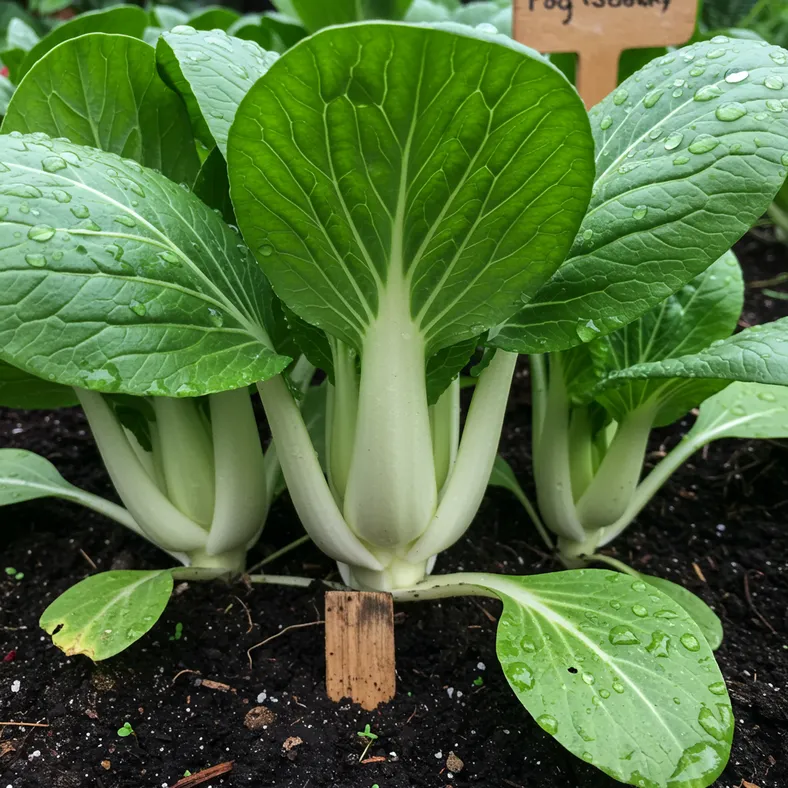
Growing pak choi in July presents unique challenges for UK gardeners, but with the right approach, you can enjoy fresh harvests throughout the summer months. This fast-growing oriental brassica thrives in cooler conditions, making July cultivation a test of technique and variety selection. Our comprehensive guide will help you navigate the summer heat, choose bolt-resistant varieties, and implement proven growing strategies for successful pak choi cultivation during Britain's warmest month.
Why July is Challenging for Pak Choi
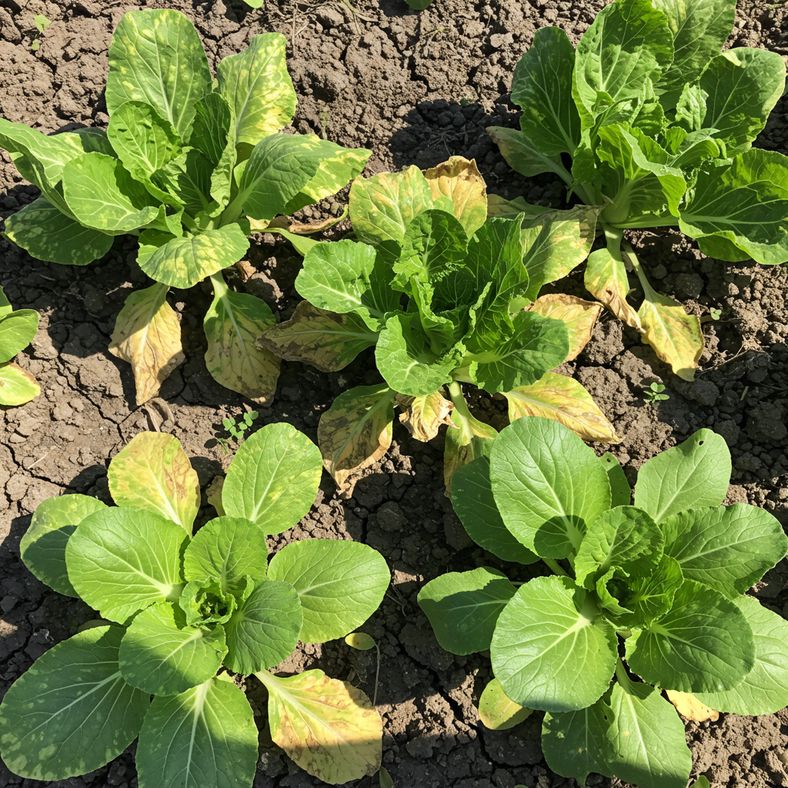
July represents the peak of summer heat in the UK, creating challenging conditions for pak choi cultivation. This cool-season crop naturally prefers temperatures between 15-20°C, making the warmer July temperatures of 20-25°C potentially problematic. The main challenge lies in pak choi's tendency to bolt (flower prematurely) when exposed to prolonged heat and dry conditions.
During July, several factors work against successful pak choi growing:
- Extended daylight hours - July's long days can trigger flowering responses in sensitive varieties
- Heat stress - Temperatures above 20°C can cause plants to bolt rather than develop proper heads
- Rapid moisture loss - Summer heat increases evaporation rates, leading to water stress
- Pest pressure - Warm conditions favour flea beetles and other brassica pests
However, with careful variety selection and proper techniques, July growing is entirely achievable. The key lies in choosing bolt-resistant varieties and creating optimal microclimatic conditions in your garden.
Best Bolt-Resistant Varieties for July Sowing
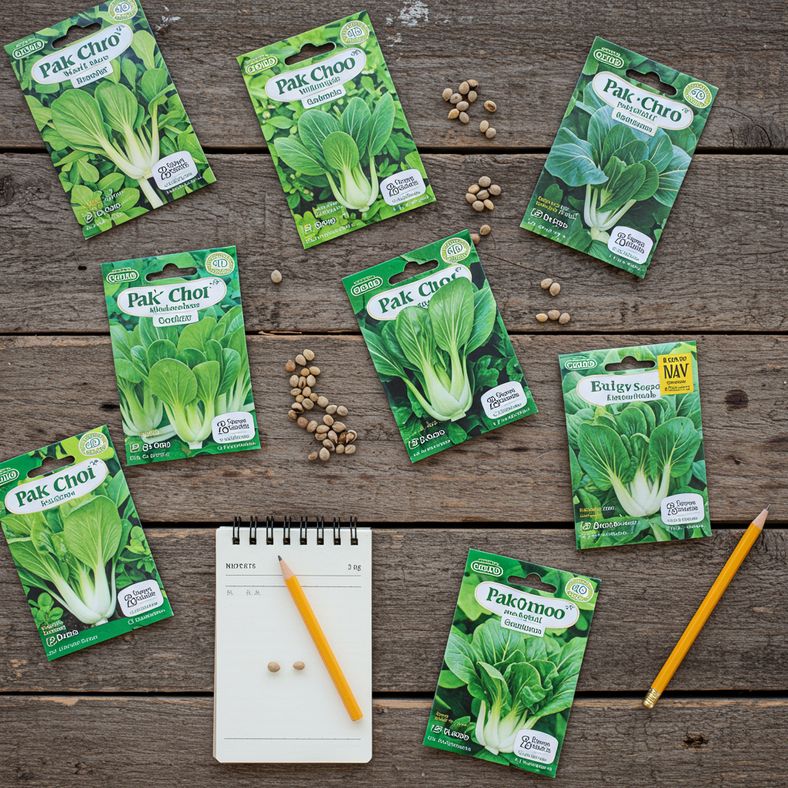
Selecting the right variety is crucial for July success. Bolt-resistant cultivars have been specifically bred to tolerate higher temperatures and longer daylight hours without premature flowering.
Top Recommended Varieties:
- 'Choko F1' - An RHS Award of Garden Merit winner, this F1 hybrid shows excellent heat tolerance and mild flavour, making it ideal for July sowings
- 'Glacier' - Bred specifically for British conditions, this variety resists bolting in hot weather while maintaining cold tolerance
- 'Ivory' - Features crisp white stems and performs well in summer conditions when harvested at baby leaf stage
- 'Red Giant' - A purple-leaved variety that adds colour and shows good heat resistance
- 'Tatsoi' - While technically a different brassica, this pak choi relative offers excellent summer performance
When purchasing seeds, look for varieties specifically labelled as 'bolt-resistant', 'heat-tolerant', or 'summer varieties'. F1 hybrids generally show better stress tolerance than open-pollinated varieties, though they cost more initially.
For continuous harvests, consider sowing a mix of varieties with different maturity rates. This approach provides harvest insurance - if one variety struggles with heat, others may perform better.
Creating the Ideal July Growing Environment
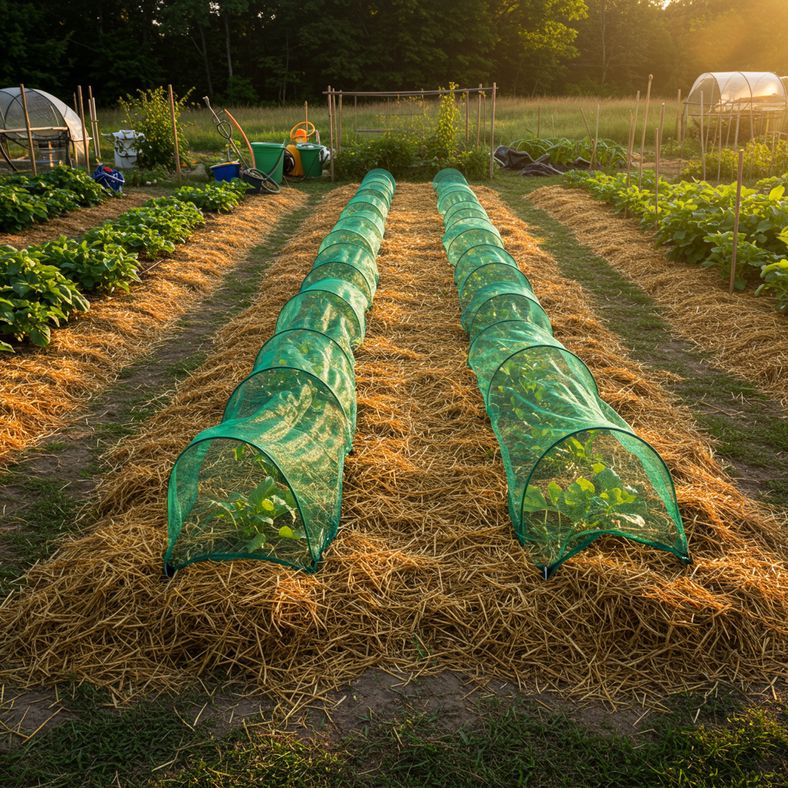
Success with July pak choi depends heavily on manipulating your garden's microclimate to create cooler, more stable growing conditions.
Site Selection:
Choose a location that receives morning sun but afternoon shade. East-facing beds work particularly well, providing essential morning light while protecting plants from the harsh afternoon heat. If full sun is unavoidable, create artificial shade using horticultural shade cloth (30-40% shade factor).
Soil Preparation:
Prepare your soil in early morning or evening when temperatures are cooler. Work in plenty of organic matter - at least two bucketfuls of well-rotted compost per square metre. This improves moisture retention and creates a cooler root environment. The soil should feel moist but not waterlogged when squeezed in your hand.
Moisture Management:
Install soaker hoses or drip irrigation before sowing to ensure consistent moisture without leaf wetting. Water in the early morning (6-8 AM) to allow plants to absorb moisture before the day's heat peaks. Avoid evening watering in July as this can attract slugs and may promote fungal issues in humid conditions.
Mulching Strategy:
Apply a 5cm layer of organic mulch around plants once they're established. Light-colored mulches like straw or dried grass clippings reflect heat and keep soil temperatures lower than dark mulches.
July Sowing Techniques for Success
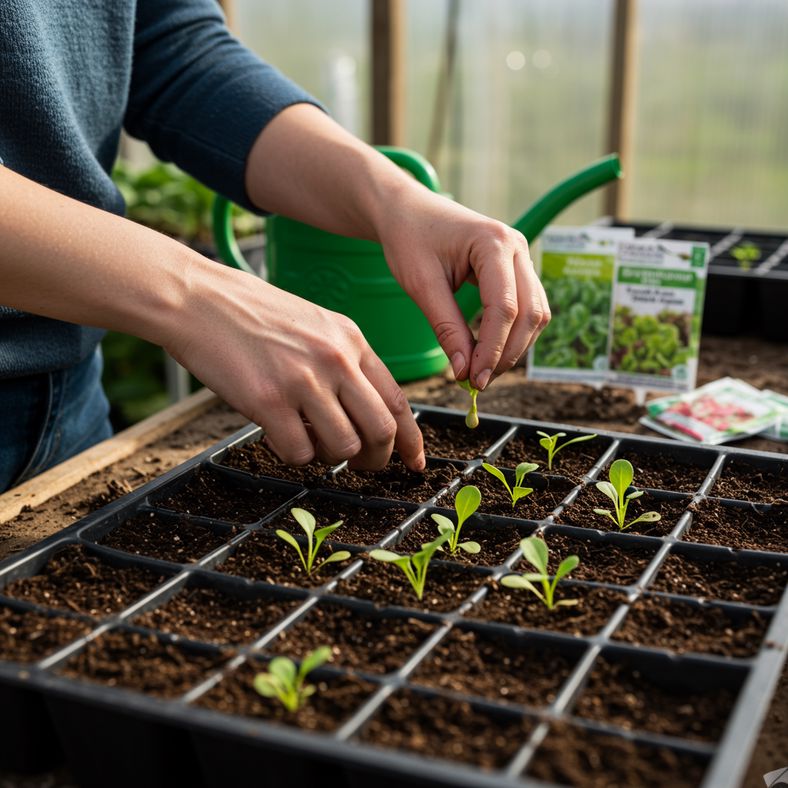
July sowing requires modified techniques compared to spring cultivation. The key is providing immediate protection and optimal conditions from germination onwards.
Direct Sowing Method:
Sow seeds in the early morning (before 8 AM) or late evening (after 6 PM) when soil temperatures are coolest. Create shallow furrows 2cm deep and water them thoroughly before sowing. Place seeds 2cm apart in rows spaced 30cm apart. Cover lightly with fine compost rather than soil, as this provides better moisture retention.
Module Sowing Advantage:
For July conditions, module sowing offers better control over growing conditions. Use 4cm modules filled with peat-free seed compost. Sow 2-3 seeds per module and thin to the strongest seedling. Place modules in a shaded area and keep consistently moist. This method allows you to move plants if weather becomes extreme.
Protection Strategies:
- Immediate covering - Use horticultural fleece or fine mesh immediately after sowing to create a cooler microclimate
- Cloche protection - Position cloches to provide both shade and wind protection during the hottest part of the day
- Companion planting - Sow between taller crops like sweetcorn or beans that provide natural shade
Timing Considerations:
In July, aim for multiple small sowings rather than one large batch. Sow fresh seeds every 10-14 days for continuous harvests. This approach also provides insurance against crop failure due to extreme weather events.
Intensive Summer Care Routine

July-grown pak choi requires more intensive care than spring or autumn crops. Consistent attention to watering, temperature management, and pest monitoring ensures successful harvests.
Daily Watering Schedule:
Check soil moisture levels twice daily during hot spells. The soil should feel consistently moist 5cm below the surface. Water deeply but less frequently rather than light daily sprinklings. Apply 2-3cm of water twice weekly, adjusting based on rainfall and temperature.
Temperature Monitoring:
Use a soil thermometer to monitor root zone temperatures. If soil temperature exceeds 22°C, increase shade protection or adjust watering frequency. Consider temporary shade structures during heatwaves.
Pest Management:
July's warm conditions favour flea beetles, which create small holes in leaves. Install fine mesh (1mm) covers immediately after sowing to prevent adult beetles reaching young plants. Remove covers once plants reach 10cm height, as larger plants tolerate minor flea beetle damage.
Monitor for aphids, which multiply rapidly in warm weather. Encourage natural predators by growing companion flowers like marigolds and nasturtiums nearby. If using quality garden secateurs, remove any heavily infested leaves promptly.
Growth Monitoring:
Check plants daily for signs of bolting. Remove flower stems immediately if they appear, and harvest the rest of the plant within 2-3 days. Plants showing stress should be harvested as baby leaves rather than allowed to mature.
Disclaimer: This article contains Amazon affiliate links. We may earn a small commission from qualifying purchases at no additional cost to you.
Harvesting Strategies for July-Grown Pak Choi
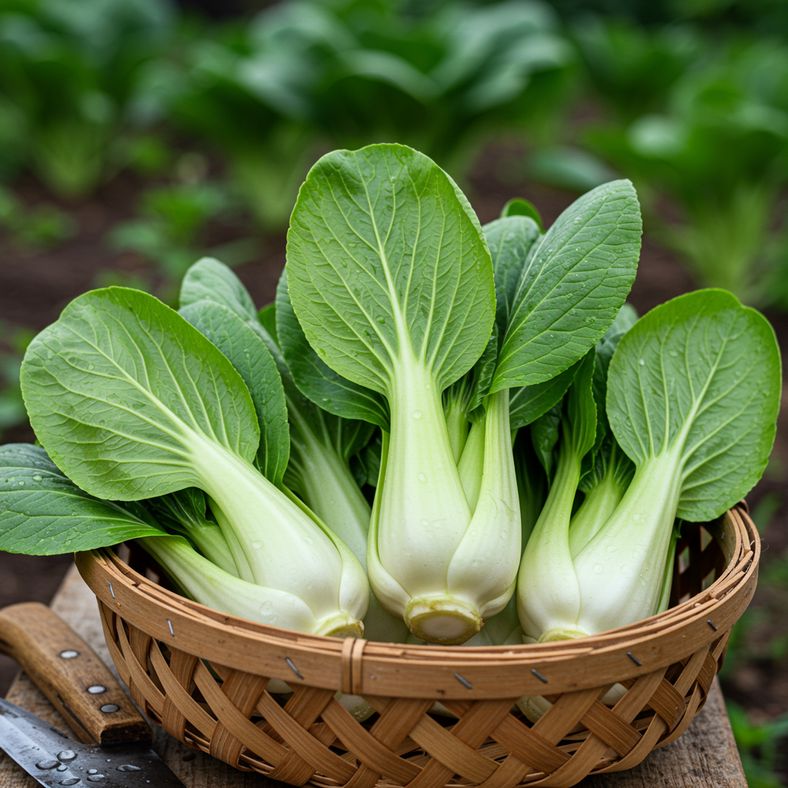
July-grown pak choi often requires modified harvesting approaches compared to cooler season crops. The key is harvesting at the optimal stage before heat stress compromises quality.
Baby Leaf Harvest (25-30 days):
For July sowings, baby leaf harvesting often provides the most reliable results. Begin harvesting when leaves reach 8-10cm in length. Cut individual outer leaves with sharp scissors, leaving the growing point intact for continued production. Harvest in the early morning when leaves are fully hydrated and crisp.
Semi-Mature Harvest (35-45 days):
Monitor plants closely as they approach maturity. Harvest immediately when heads feel firm but before any flower stems appear. Use a sharp knife to cut through the stem 2cm above soil level. In July conditions, the window between perfect maturity and bolting can be just 2-3 days.
Quality Indicators:
- Leaf texture - Should be crisp and succulent, not tough or fibrous
- Stem colour - White or pale green stems indicate good quality; yellowing suggests overmaturity
- Head compactness - Tight, upright growth is ideal; loose, spreading leaves indicate stress
- No flower buds - Any sign of flower bud formation means immediate harvest is necessary
Post-Harvest Handling:
July-harvested pak choi requires immediate cooling to maintain quality. Place harvested plants in cold water immediately, then store in the refrigerator. Use within 2-3 days for best flavour and texture. The heat of July can cause rapid deterioration if plants aren't cooled quickly.
Succession Planning:
Plan your next sowing based on current crop performance. If plants show heat stress, consider waiting until late August for the next major sowing, focusing on regular small harvests of baby leaves through the remainder of July.
Troubleshooting Common July Growing Problems
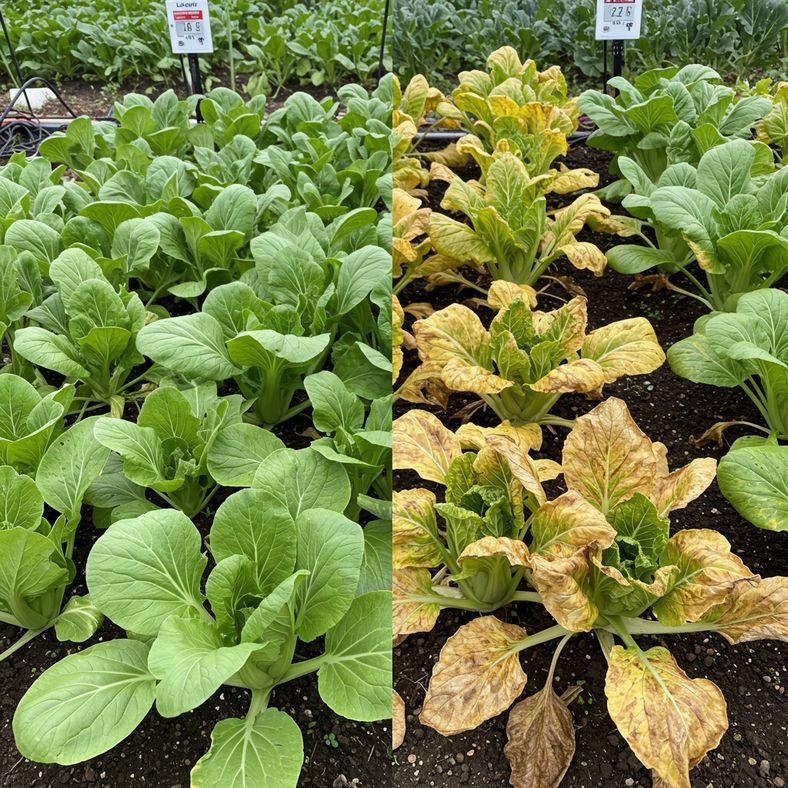
Even with careful planning, July growing can present challenges. Understanding common problems and their solutions helps ensure successful harvests.
Premature Bolting Solutions:
If plants begin to flower, don't panic. Remove flower stems immediately and harvest the plant within 24 hours. The leaves remain edible, though they may be slightly more bitter. Use bolted plants in cooked dishes rather than raw salads. For future prevention, ensure consistent soil moisture and consider relocating growing areas to receive more shade.
Heat Stress Recognition:
Signs include wilting during midday heat (even with adequate moisture), yellowing lower leaves, and slowed growth. Provide immediate shade relief using temporary structures. Increase watering frequency but ensure good drainage to prevent root rot. Apply reflective mulch to reduce soil temperature.
Poor Germination Issues:
July's heat can inhibit germination if soil temperatures exceed 25°C. Test soil temperature at sowing depth before planting. If too hot, wait for cooler evening temperatures or use module sowing in a cooler location. Pre-soak seeds for 2-4 hours in cool water to improve germination rates in warm conditions.
Pest Pressure Management:
Increased aphid and flea beetle activity is common in July. Install physical barriers immediately after sowing. Encourage beneficial insects by maintaining flowering companion plants nearby. For severe infestations, remove affected plants promptly to prevent spread to healthy crops.
Uneven Growth Patterns:
Variable plant sizes within the same sowing often indicate inconsistent moisture or varying soil conditions. Implement drip irrigation for even water distribution. Test soil at multiple points to identify compacted or poor-drainage areas that need improvement.
Recovery Strategies:
If a July sowing fails completely, don't wait until autumn. Try again in late July or early August using lessons learned from the first attempt. Consider growing in containers for better environmental control, or focus entirely on quick baby leaf harvests rather than full-sized heads.